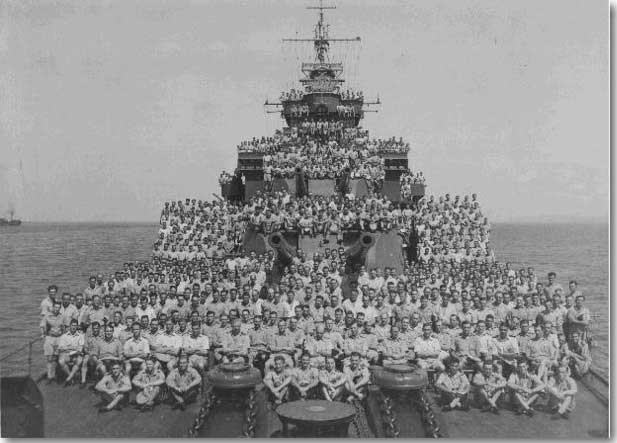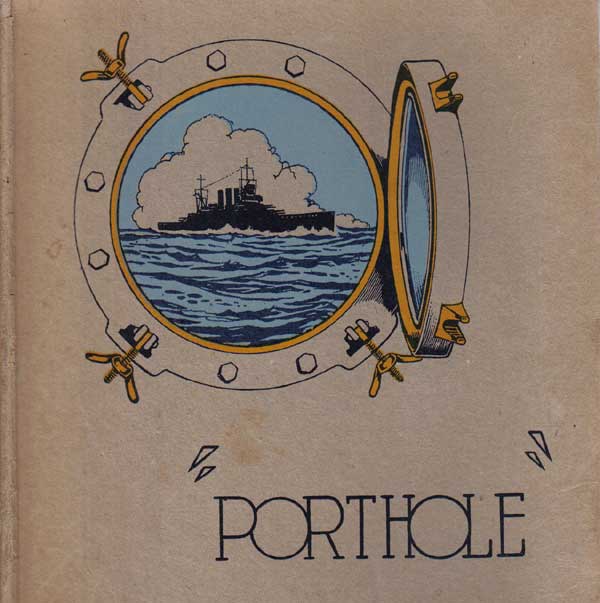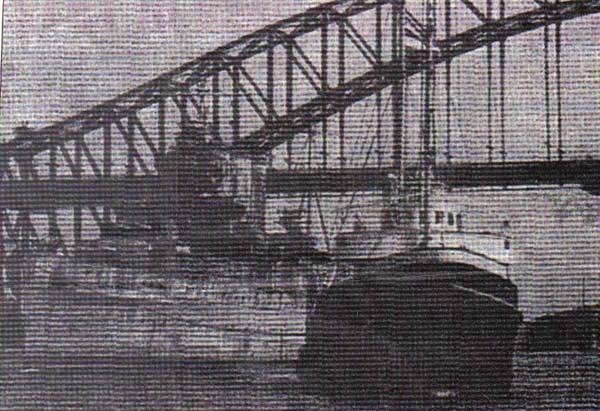|
HMAS Shropshire takes her final Voyage
Introduction. After HMAS Canberra had been sunk at the Battle of Savo Island on the 9th. of August 1942, the British Prime Minister, Winston Churchill made the decision to replace her by gifting HMS Shropshire to the Royal Australian Navy. She became HMAS Shropshire, when after a refit at Chatham Dockyard, the RAN manned her in August of 1943. Many of Canberra's survivors went on to crew Shropshire, including myself.
King George VI visits Shropshire. Lady Dixon, the wife of Sir Owen Dixon, the then Australian Minister to Washington, launched and christened the new ship. Shropshire served with distinction in the Pacific. At war's end, Shropshire was there in Tokyo Bay for that momentous moment, the signing by the Japanese delegates of the Instrument of Surrender, on board USS Missouri.
Decommissioning, and the last voyage to the breakers's yard. In the shadow of the famous Sydney Harbour Bridge ( a glimpse of which her crew craved for, when in action so many times in the Pacific war ) many of her old Sailors watched, as she was eased slowly out of Sydney Harbour, I am sure some tears wereshed that day, t'is a sad moment when a beloved ship is off to become razor blades. It took some skilful and prudent towing to drag the tired old cruiser north about Australia, via Aden, Suez to arrive off Gibraltar by the New Year of 1955. The Dutch Tug Company had sent off their Tug Goeree to rendezvous there with Oostzee and her charge for the dangerous transit of the Bay of Biscay. Gales persisted, and with a force 12 wind, and standing well clear of Barrow to ensure that Shropshire did not strand on a lee shore, the two tugs headed into the Firth of Clyde. In the quieter lee provided by the Scottish hills, the cruiser was led past Gourock, into the river she had slipped down when brand new, back in 1929. The long tow and sad last voyage of an heroic ship at last over, as she was secured to W. Arnott Young's breaking jetty at Dalmuir. Shropshire was within a few hundred yards of William Beardmore's slip, where she had been launched in 1928.
Shropshire demolished by the wrecking gang. HMS and HMAS Shropshire at last, ALL GONE! Tug Oostzee disappears in a Typhoon. |



